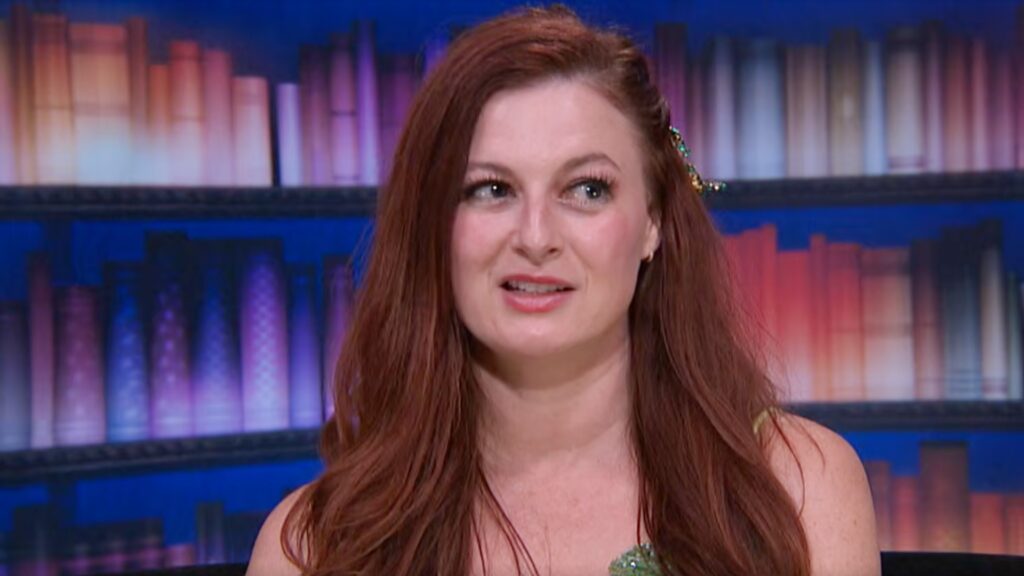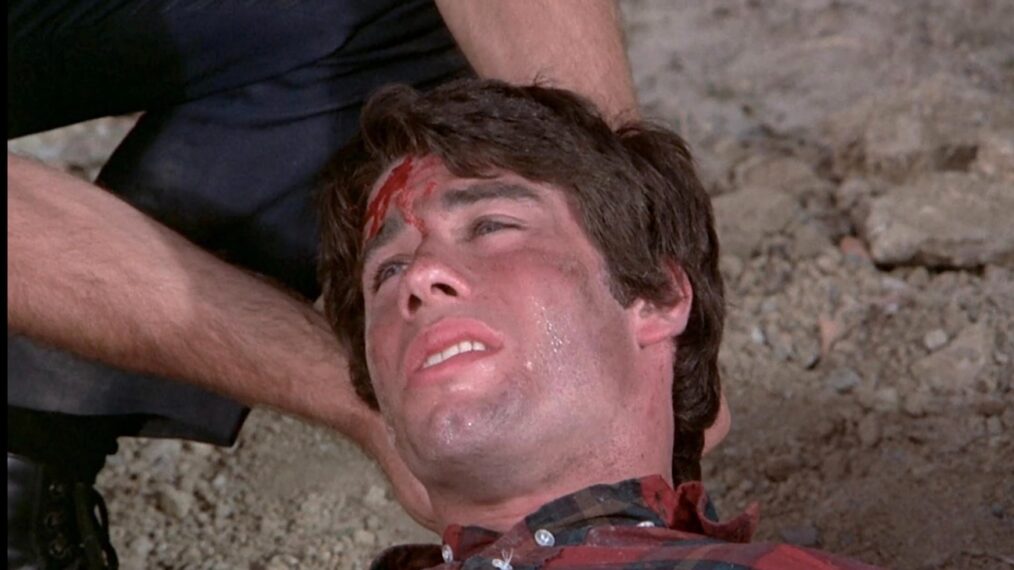Voyeurism has long played a pivotal role in horror storytelling, with seminal classics like Alfred Hitchcock’s Rear Window (1954) and Michael Powell’s Peeping Tom (1960) placing voyeurs front and center, albeit with starkly different perspectives. Whether we’re looking through the lens of a nosy neighbor or a stalking killer, horror has had much to say about people’s fascination with observing the lives of others, especially when what we’re witnessing is private, taboo, and/or outright horrifying.
Films like Someone’s Watching Me (1978), Fright Night (1985), Eyes Wide Shut (1999), Disturbia (2007), and The Rental (2020) have underscored this ongoing fascination for decades, with the narrative and stylistic approaches to voyeuristic genre stories also evolving in their own right.
In the last half-century, the found footage subgenre has uniquely established itself as a medium through which voyeuristic stories can take on an even more effective tone of realism. This is especially true in the subset of found footage films told through the first-person perspective of a killer. Entries like The Poughkeepsie Tapes (2007), the Creep franchise (2014-present), Hangman (2015), and Be My Cat: A Film for Anne (2015) fall into this category, placing consumer-grade cameras directly in the hands of killers as they document their methodical stalking and murders in real-time. Without the sheen and predictability of traditional studio filmmaking approaches, found footage films framed from a villain’s perspective can be especially unsettling in execution–and the disjointed footage, amateur camerawork, and unpredictable narrative turns typical of the subgenre certainly deepen the sense of realistic dread.
Jason Zink‘s Looky-loo takes a page from these particular approaches to found footage horror and voyeurism alike. Written by Nolan Mihail, Looky-loo is a story told solely from the first-person perspective of an amateur filmmaker (credited as ‘Looky-loo,’ Zink himself) who spends his time following and filming women around his city, seemingly in the name of art. However, when the filmmaker sets his eyes on Courtney (Courtney Gray), his voyeuristic curiosity takes a dark turn and he begins murdering his subjects, all in the hope of making Courtney his twisted film’s leading lady.
Following a successful festival run, Looky-loo has since seen a physical release via Scream Team Releasing. After previously only being available as a VOD rental, the film is now officially streaming for all members on FOUND TV, a burgeoning streaming service launched in 2024 that’s solely dedicated to found footage horror and its related subgenres. “Looky-Loo takes you straight into the mind of a monster — and we’re obsessed,” says Louid La Vella, CEO of FOUND TV. “It’s the kind of unsettling film our fans love on FOUND.”
When compared to the aforementioned killer-centric found footage films, Looky-loo takes a notably measured approach. We initially spend time with our killer while he explores his surroundings, pains over the title of his film, and admires the mannequin keeping him company in his work area. When Looky-loo begins casing homes, moving in closer to peer inside even while residents are present, it’s an exercise that feels routine. Zink’s camera work remains steady, suggesting that this killer is calm, seasoned, and confident in his endeavor. This is in large part what makes Looky-loo‘s early voyeuristic scenes effective; the titular killer goes about his practices of spying on unsuspecting residents having phone conversations, doing laundry, watching TV, and showering as if it were just another day at the office.
There’s a minimalist quality to Looky-loo that is echoed not only in the filming style, but also its limited dialogue and relatively simple plot structure. Collectively, Looky-loo himself spends much of the total runtime building up to each murder, methodically stalking his would-be prey and immersing himself in their private spaces before making his move. The murder scenes themselves thus feel unexpectedly brief for a movie of this ilk, yet this isn’t necessarily a negative critique. There’s a sense that this decision is intentional on Zink’s part, as it serves to highlight just how unsettling the precursory steps Looky-loo takes when plotting to close in on victims actually are.
One scene in particular finds the killer casually making and eating a sandwich after breaking into a home, and then seemingly biding his time for hours in a closet as he waits for the resident’s return. Another sees him watching Courtney and her boyfriend share a private living room dance through a window after an apparent date night, just steps away from the couple. It’s these scenes of anonymous, quiet violation that ultimately make Looky-loo so effectively unsettling in execution. It’s difficult to walk away from the film without a paranoid sense that perhaps those fears of being watched while at home alone aren’t always unfounded.
The film’s final moments set up the next chapter of Looky-loo’s killing spree, but based on Zink’s reports, audiences shouldn’t expect more of the same. “[Looky-loo] is a demanding watch, in my opinion,” Zink stated in a recent interview with A&B Horror Movies. “We probably start at a 0 or 1 in part one, and we ratchet all the way up to maybe a 7 or an 8. And part two begins at a 10.” While there is no release date yet slated for the sequel at the time of publication, Zink promises that it will be worth the wait. “What we withhold in part one… we reward the audience for sticking with us in part two.”
Looky-loo is now streaming on FOUND TV and available for purchase on Blu-ray.



















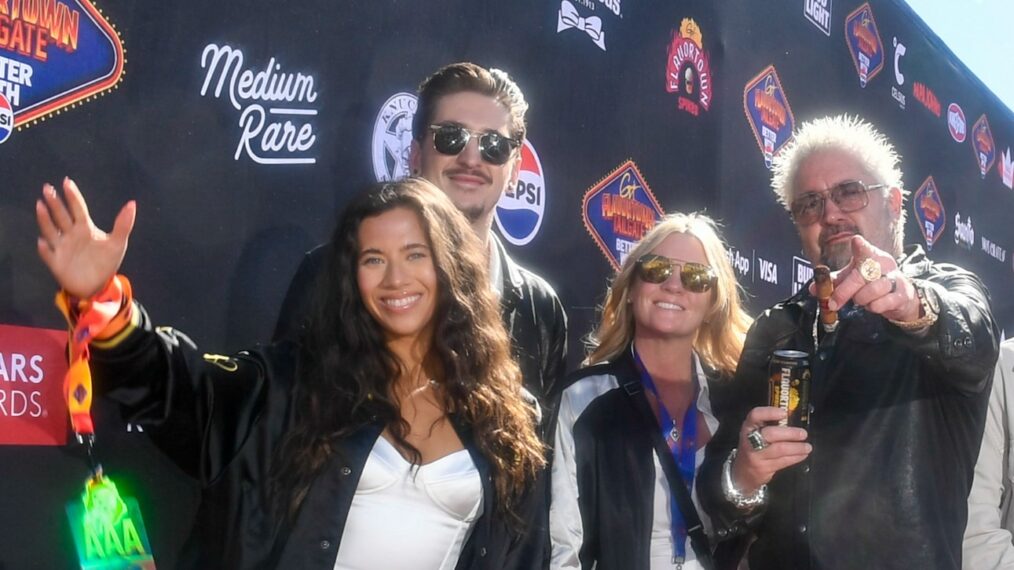
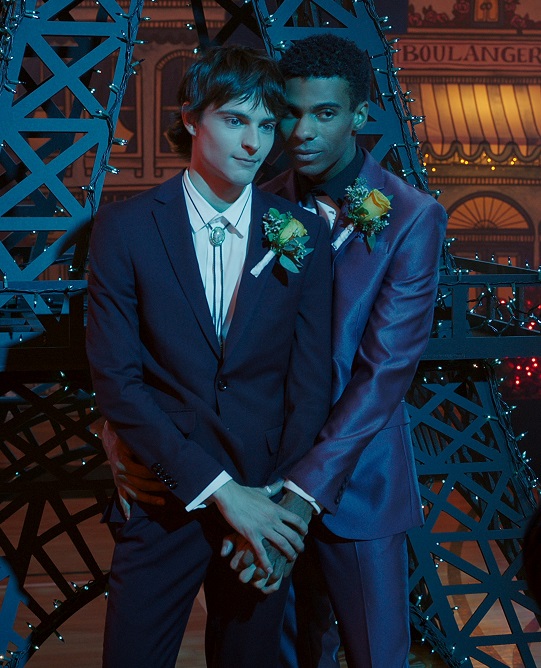

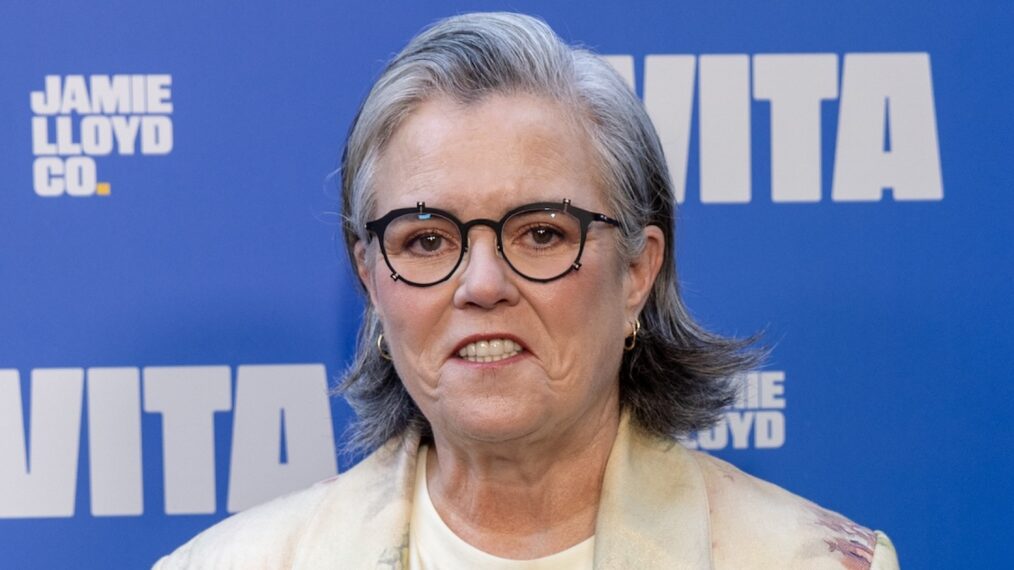
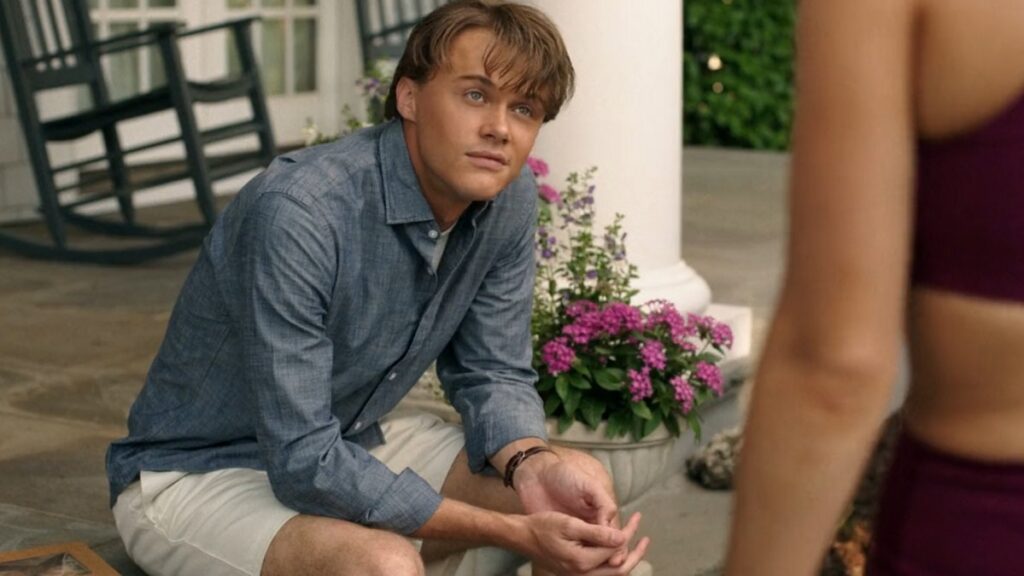


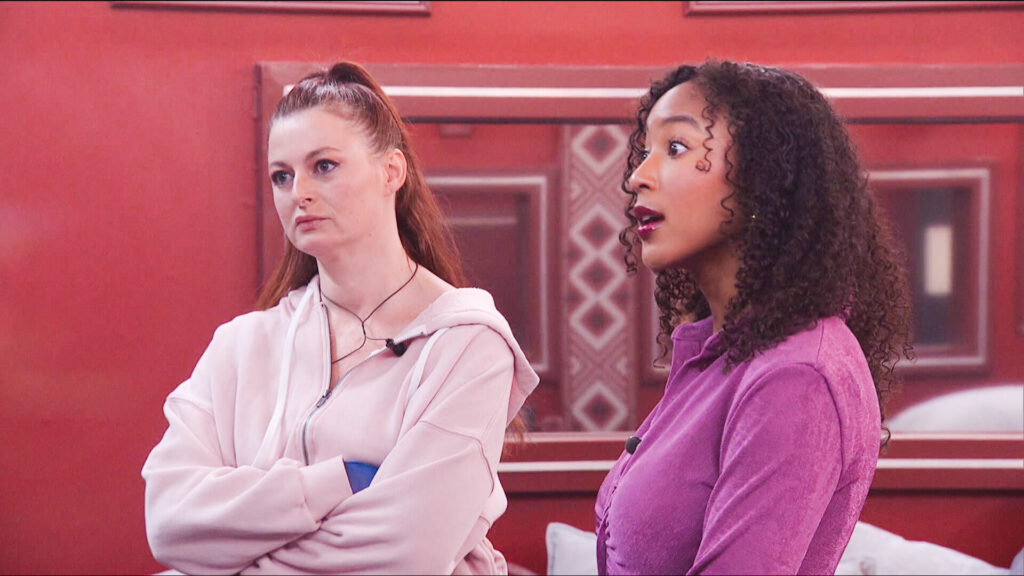





























![YOUNG LAMA X VTEN – DOLLA BILLS II [ OFFICIAL MUSIC VIDEO FOR DOLLA BILLS PART 2 ] YOUNG LAMA X VTEN – DOLLA BILLS II [ OFFICIAL MUSIC VIDEO FOR DOLLA BILLS PART 2 ]](https://i.ytimg.com/vi/bWkxG08iEo4/maxresdefault.jpg)


















